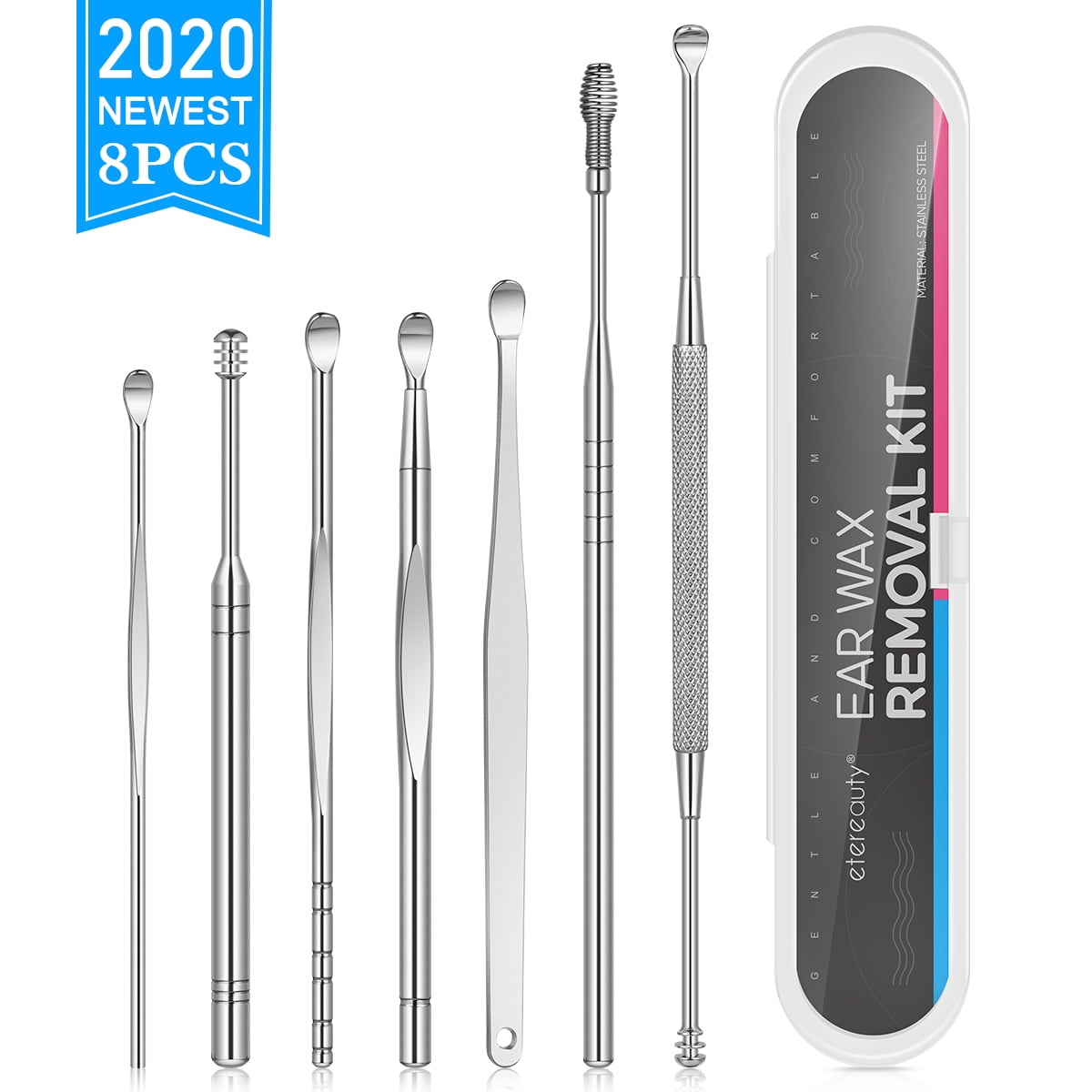

Your pharmacist will probably advise you to try the ear drops three or four times a day, for three to five days (NICE 2021a). They may recommend using olive oil or almond oil, or chemical ear drops to soften the wax and help it fall out more easily (NHS 2021, NICE 2021a). Instead, talk to your pharmacist about using ear drops or oil. There's no evidence that they work, and they can be dangerous for your child (NICE 2021a). You should also never use ear candles to try to remove wax from your child's ears. This could push it further into their ear and cause more problems (NHS 2021, NICE 2021a), or even puncture their eardrum (NICE 2021a). How can I clean my child's ears of earwax?Firstly, don’t poke anything into your child’s ear to remove the wax, such as a cotton bud or even your finger.

Read up on the symptoms of ear infections in children, and learn what to do if you think your child might have one. If your child's ear becomes very blocked, this can sometimes lead to an ear infection (NHS 2021). The most common cause of hearing problems in children is a build-up of fluid in the middle ear, known as glue ear (otitis media with effusion) (NICE 2021b). If your child is having trouble hearing, don't assume that's because of earwax. noises in their ear (tinnitus) (NHS 2021, NICE 2021a).ear pain or feeling their ears are blocked.If your child’s ear canal is blocked with too much earwax, they may have issues such as: When is earwax a problem for young children?There's no need to worry about your child's earwax unless it's causing them problems (NICE 2021a). It can happen to anyone, although some people are more prone to it than others as they naturally produce more earwax (NICE 2021a). an inflammation of their ear canal ( otitis externa or swimmer’s ear)Ī build-up of earwax doesn’t mean that your child is dirty or unclean.
#REMOVE EAR WAX CHILDREN SKIN#

When is earwax a problem for young children?.What causes earwax to build up in my child’s ear?.Put drops in according to package directions, then stay still for 5 minutes. To use the drops, tilt your head all the way to the side (or lay on your side) with the problem ear facing up. Talk to your doctor before using drops if you have a broken eardrum, or you have had ear surgery, have a fever, or notice there is something coming out of your ear (like drainage or blood). Some people need to use drops once a week or month to keep earwax from building up. These break up and dissolve the buildup of earwax over time (up to a week or longer). The doctor might also recommend over-the-counter or prescription ear drops. Wash out your ear (irrigate) using a water pick or a rubber bulb syringe.Use suction with either visualization from a hand-held instrument or a large microscope.Use a special ear pick to remove the wax.If treatment is needed, see your doctor, who will try one of these approaches: And cotton swabs can push a small portion of the wax further down into the ear canal. Some patients use cotton swabs or do ear candling. But if you feel your hearing is getting worse on one side, or if you have a fever, see your doctor within 24 hours for an exam.ĭon’t try to manually remove the wax yourself with home remedies. If there aren’t any signs of infection, your doctor might tell you to just give it time. Usually, a wax buildup will fall out on its own, but you may need help removing the blockage.


 0 kommentar(er)
0 kommentar(er)
